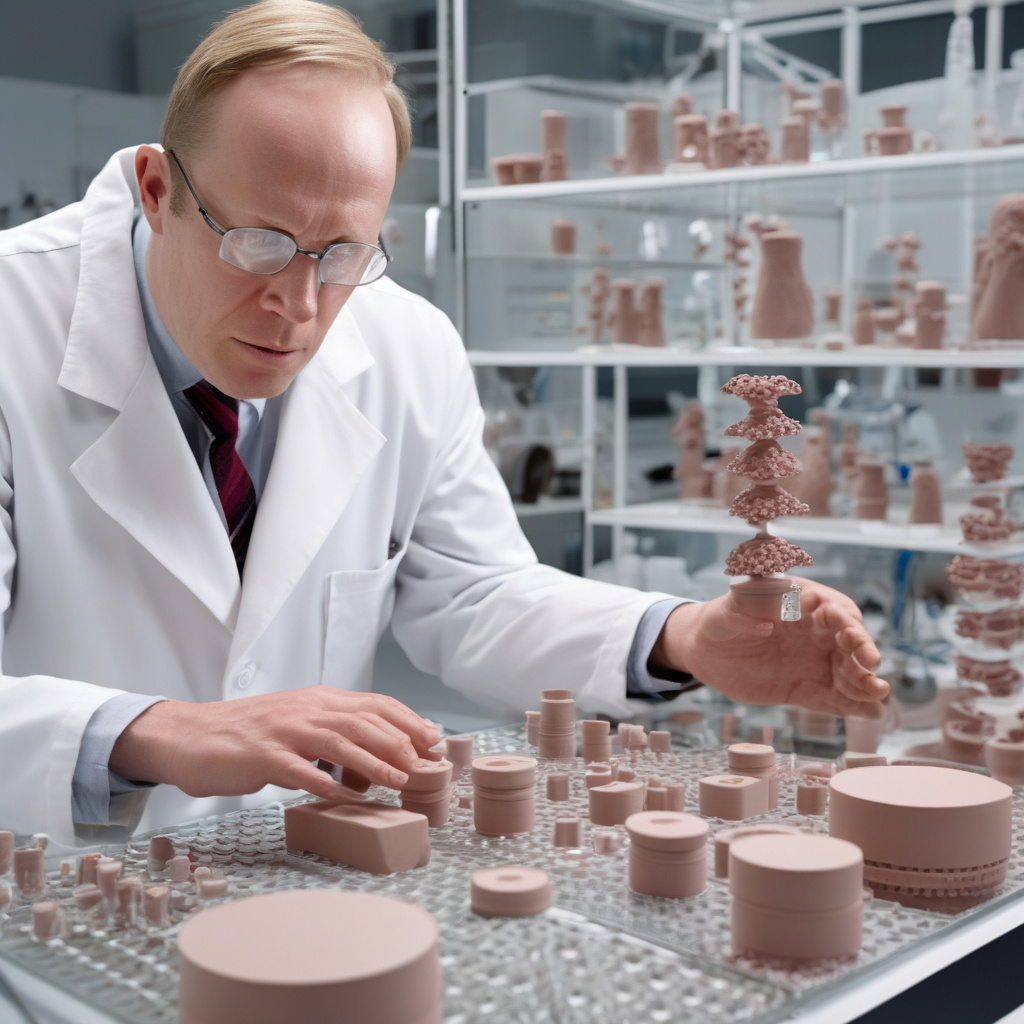Dirt to Data: Scientists Turn Simple Clay into Base for Quantum Computer in Norway
A collaborative effort from researchers in Brazil, the Czech Republic, and France, led by researchers at the University of Oslo in Norway, has yielded a groundbreaking discovery in the realm of quantum computing. By harnessing the unique properties of a humble material – clay, scientists have made significant strides in advancing quantum computing capabilities.
Quantum computing, with its potential to revolutionize industries ranging from cybersecurity to drug discovery, has long been hampered by the challenge of finding suitable materials to serve as the foundation for qubits, the basic units of quantum information. Traditional materials such as silicon have limitations that impede the development of more powerful quantum computers. However, the team of international researchers has found a promising solution in an unexpected place – clay.
Clay, abundant in nature and easily accessible, has been overlooked in the world of quantum computing until now. The researchers discovered that certain types of clay possess properties that make them ideal candidates for supporting qubits. Through a series of experiments and simulations, they demonstrated that clay can sustain the delicate quantum states necessary for computations, marking a significant breakthrough in the field.
One of the key advantages of using clay as a base for quantum computers is its ability to maintain quantum coherence, the phenomenon that allows qubits to exist in multiple states simultaneously. This coherence is essential for performing complex calculations at speeds far beyond the reach of classical computers. By leveraging the inherent properties of clay, researchers have unlocked a new path towards achieving practical quantum computing systems.
Moreover, the use of clay addresses concerns surrounding the environmental impact of quantum computing research. Unlike rare earth materials or synthetic compounds, clay is a sustainable and eco-friendly option for building quantum computers. This aligns with the growing emphasis on sustainability in technology development and underscores the potential of leveraging natural resources in innovative ways.
The implications of this discovery extend beyond the realm of quantum computing. By demonstrating the viability of clay as a material for advanced technologies, the research opens up possibilities for utilizing other unconventional materials in scientific breakthroughs. This approach highlights the importance of thinking outside the box and exploring uncharted territories to drive innovation forward.
As the research continues to progress, the team in Norway is collaborating with experts from around the world to further refine the clay-based quantum computing platform. Their goal is to scale up the technology and integrate it into practical applications that can benefit society at large. From optimizing complex algorithms to accelerating drug discovery processes, the potential applications of quantum computing are vast and far-reaching.
In conclusion, the transformation of dirt into data symbolizes the power of human ingenuity and collaboration in pushing the boundaries of scientific exploration. By leveraging the inherent properties of clay, researchers have paved the way for a new era of quantum computing that holds promise for solving some of the most pressing challenges of our time. As we witness the evolution of quantum technologies, it is clear that inspiration can be found in the most unexpected places, even beneath our feet.
#QuantumComputing, #ClayBasedTechnology, #ScientificBreakthrough, #SustainabilityInTech, #InternationalResearchCollaboration












